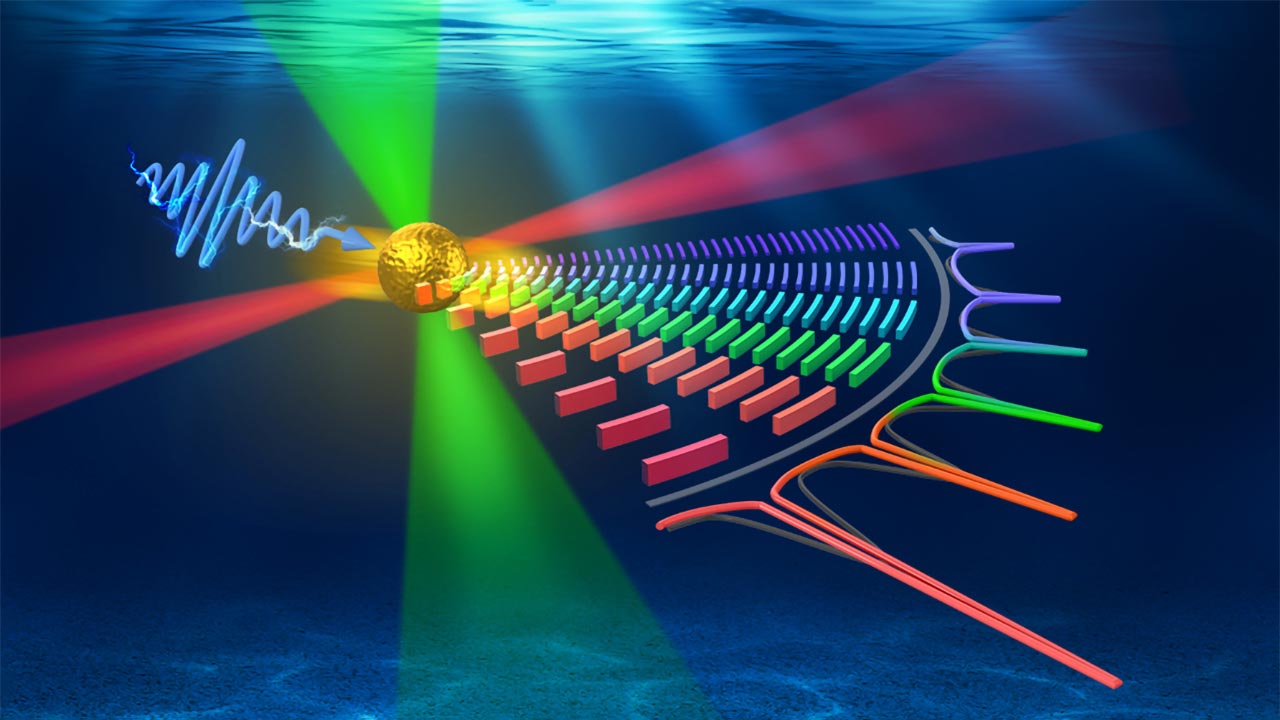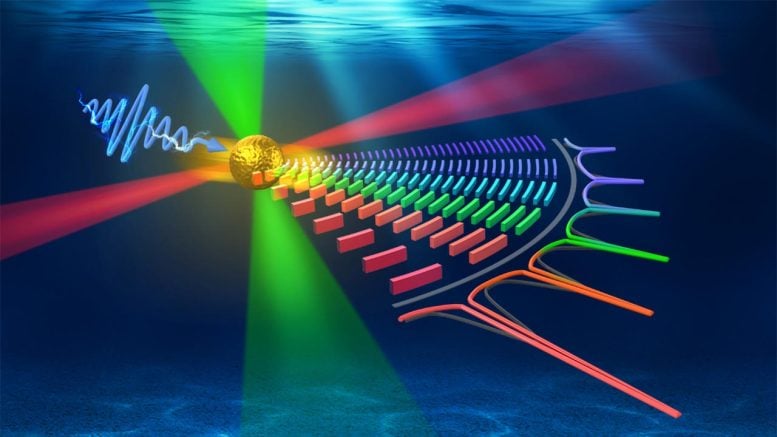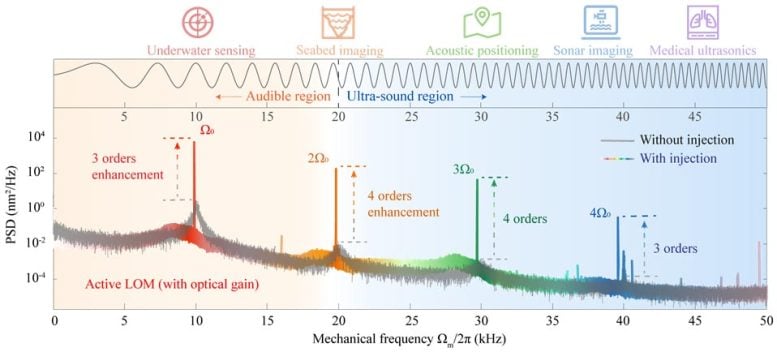

Recent advancements in phonon laser technology, which utilizes sound waves rather than light, show promising new applications in medical imaging and deep-sea exploration.
A novel technique enhances these lasers by stabilizing and strengthening the sound waves, allowing for more precise and powerful outputs. This development not only improves existing uses in medical and underwater applications but also extends potential uses to material science and quantum computing.
Enhancing Phonon Laser Technology
Scientists in China have made a significant leap in developing lasers that use sound waves instead of light. These “phonon lasers” hold promise for advancements in medical imaging, deep-sea exploration, and other areas.
The new technique involves a tiny electronic nudge that dramatically enhances the power and precision of the sound waves produced by the laser. This paves the way for future devices that could utilize sound for a broader range of applications.

Overcoming Previous Limitations
Previously, phonon lasers made from small objects suffered from weak and imprecise sound waves, limiting their usefulness. The new method overcomes this challenge by essentially “locking” the sound waves into a more stable and powerful state.
This breakthrough paves the way for powerful and precise phonon lasers suitable for real-world applications, such as medical imaging and deep-sea exploration. Phonon lasers can create more sensitive and less harmful medical imaging techniques, while deep-sea vehicles could implement improved communication and navigation.

Broader Impact and Future Prospects
Phonon lasers could also have applications in material science, quantum computing, and other fields.
This research represents a significant step forward in phonon laser development, potentially unlocking a range of new technologies.
Reference: “Giant enhancement of nonlinear harmonics of an optical-tweezer phonon laser” by Guangzong Xiao, Tengfang Kuang, Yutong He, Xinlin Chen, Wei Xiong, Xiang Han, Zhongqi Tan, Hui Luo and Hui Jing, 5 September 2024, eLight.
DOI: 10.1186/s43593-024-00064-8
Funding: National Natural Science Foundation of China, Science Fund for Distinguished Young Scholars of Hunan Province, Science and Technology Innovation Program of Hunan Province, Key Science and Technology Breakthrough Program of Hunan Province, Natural Science Foundation of Hunan Province